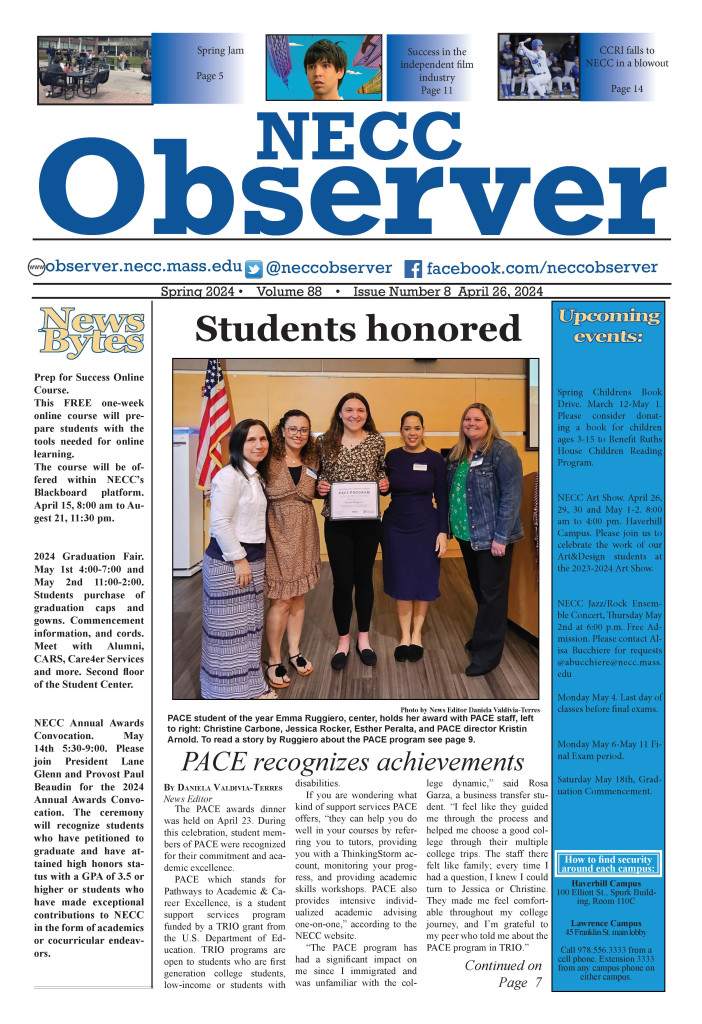The past two years have been trying in ways few of us would’ve thought possible.
While some might have predicted an event like the Coronavirus Outbreak of 2020, few could have predicted the wide reaching societal impact it had and the conflict and melodrama it helped give rise to in the ensuing months. In many minds this period will be marked by memories of turmoil and panic, with footage of anti-mask protests and violence and confrontation at school board meetings serving as a reminder of the widespread unrest we all felt and witnessed.
While many of us have already forgotten life during the Coronavirus pandemic, some have found their plans permanently derailed in its aftermath.
Particular attention has been paid towards students given how the learning experience changed after restrictions were imposed on public gatherings.
While some students and educators might’ve had a positive experience with remote learning, most are now happy to return to a face to face format.
Not all students have experienced such a seamless transition back in person.
Max Levesque of Newburyport was set to begin college at the beginning of the Fall 2020 semester, but soon found himself unable to keep up with the coursework.
“It wasn’t enough to get me to feel motivated honestly, It’s not the same as having a teacher and going to class. There’s nowhere to go in the morning.”
It didn’t help that Levesque had already been experiencing feelings of depression and anxiety after the first COVID lockdown began, but the pressure of trying to complete a full course load online only helped exacerbate an already tense situation.
Soon he began to notice the weeks go by even as he still found himself unable to focus on his classwork.
By the end of the Fall Semester Levesque had withdrawn from all his classes. Though it was his choice to not return to school, Levesque still has mixed feelings about his decision.
“I felt so guilty that I dropped my classes, I still don’t really know if I wanna go back to school. It feels like I’m behind everyone else now. It’s just not something I think I’m ready to do.”
This situation has become all too common for mental health workers in the fallout of the pandemic.
“I’ve gotten at least 12 referrals over the past few months for college aged kids in these same situations,” says Rebbeca Miller of Haverhill, a licensed psychiatrist who works particularly with adolescents and college aged clients.
“The world might as well have stopped, so it’s easy to understand how frustrating it is to try to restart your education after having already been removed from that environment for so long.”
Since the beginning of the pandemic, Miller has seen an uptick in college aged clients, many of whom first started experiencing mental health issues while the pandemic was ongoing. “Decisions about education and what career path to take are always going to be difficult. These decisions become even harder once you realize we’ve just come out of a two year period of nationwide reclusion. It really becomes difficult to move forward when you feel like you’ve already missed something.”
Nonetheless, Miller is optimistic, “I think things will get better over time. Once people start to receive the help and support they need to overcome the hardships they’ve been hit with over these last couple years. It’s just another adjustment.”
While Levesque has no plans to return to college in the near future, he still hopes to one day begin taking classes again and complete his degree.
“If I could get the chance to ask questions face to face and talk to my professors, I think I’d be a much more engaged student, I think things would go differently.”

